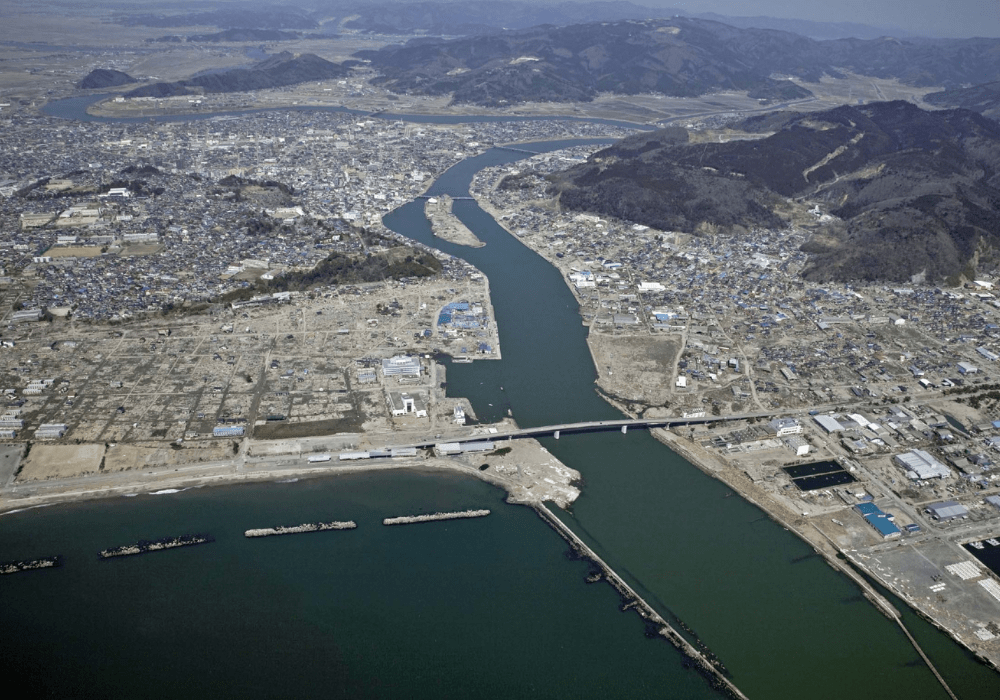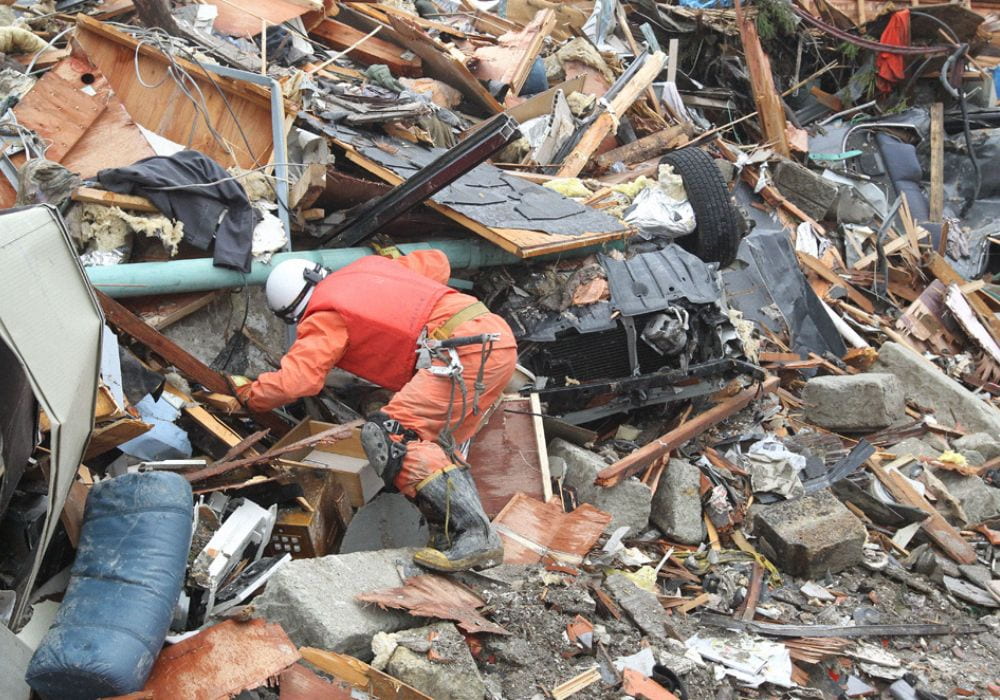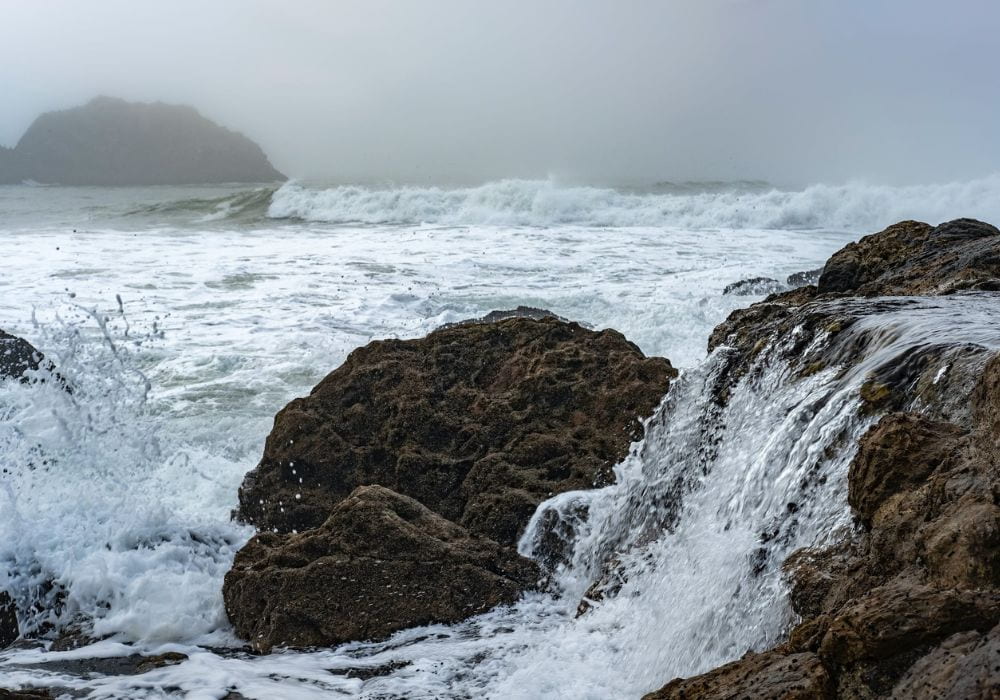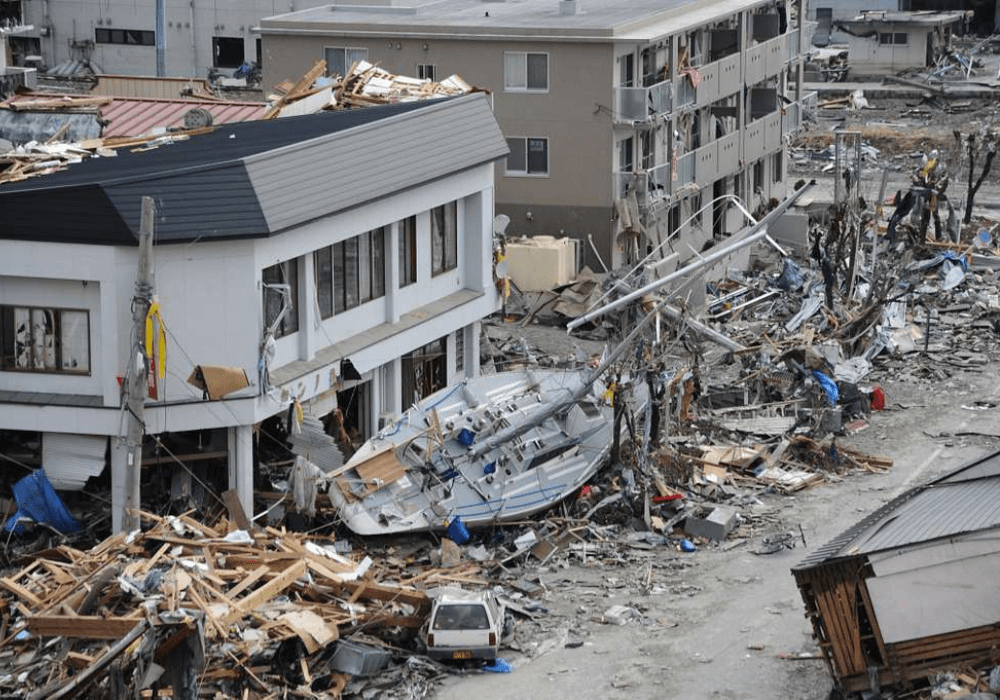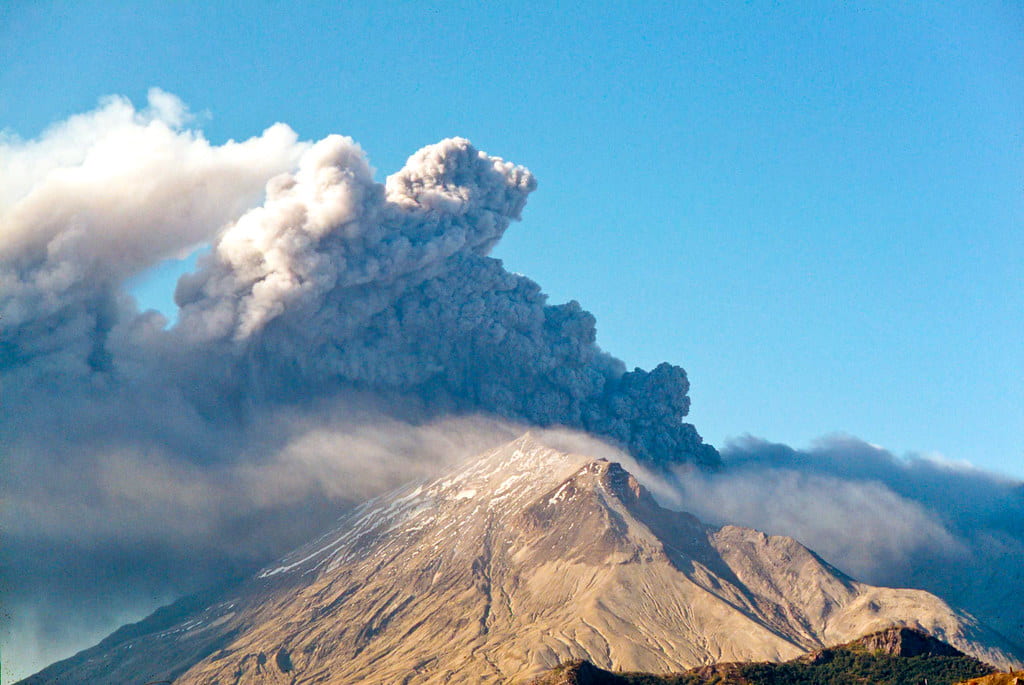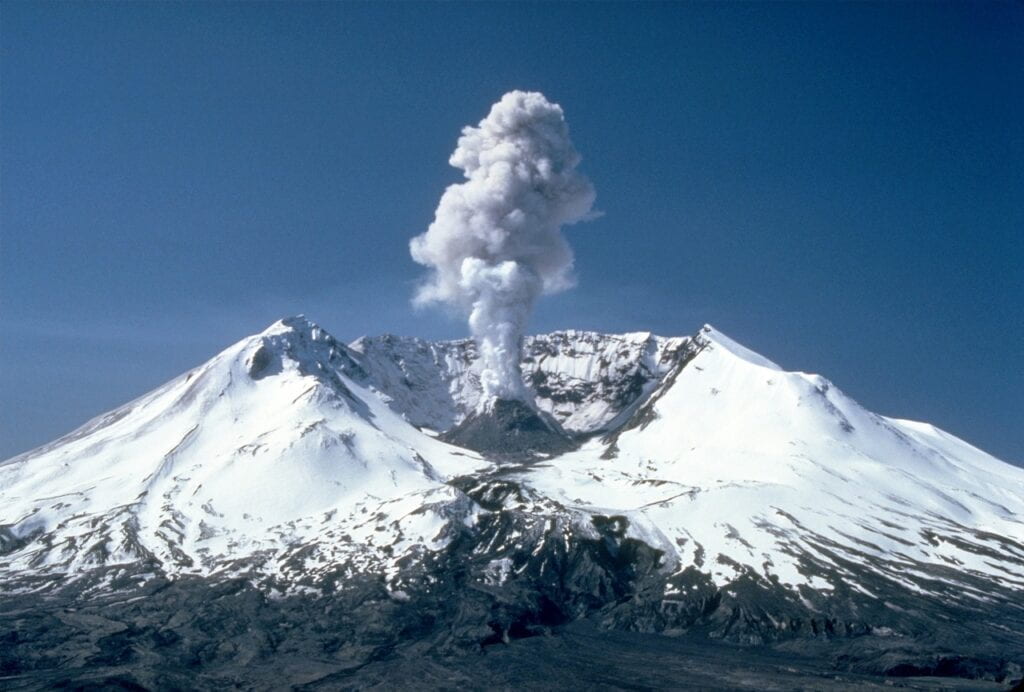
The Great East Japan Earthquake (GEJE) is a devastating disaster that took place on March 11, 2011 off the coast of Honshu Island. A magnitude 9.0 earthquake was consequently followed by a series of other disastrous events, including a tsunami and a nuclear incident. In the aftermaths of the disaster, recovery in affected regions was negatively impacted by inadequate water supply. Local officials have made great efforts to improve the region’s water supply system since the disaster.
Continue reading “Syed Ali Husain’s Mitigation Strategies Brief on the Great East Japan Earthquake”
